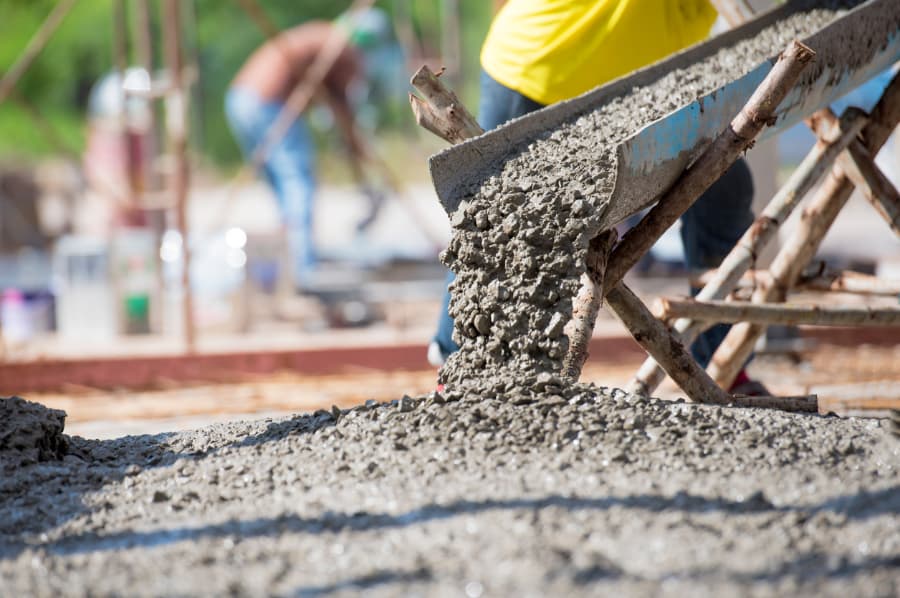
Pouring Concrete in Hot Weather
Concrete is a durable and versatile construction material, but its effectiveness depends on external conditions during the installation. Hot weather can alter the result of a concrete pour if you don’t recognize potential problems and make preparations to prevent them. Best Concrete Mix Corp. has been in business for over 27 years serving government contractors and working on other large projects in Flushing, New York. Here, we describe the process of properly pouring concrete in hot weather.
What Hot Weather Means When Pouring Concrete
In terms of concrete, hot weather is any combination of high ambient temperature above 90°F, low relative humidity, high wind speed, and solar radiation. Under the ideal temperature range of approximately 50-60˚ Fahrenheit, concrete settles in eight to 48 hours and reaches 70% strength in about seven days. Conversely, concrete typically dries faster in hot weather and has less time to strengthen.
Concrete pouring is influenced by hot weather because it cures through hydration. In other words, concrete uses the water it is mixed with and grows crystals around aggregate pieces. When the concrete temperature exceeds 77°F, hydration accelerates and produces internal heat. This process can evaporate the water and prohibit proper hydration, leading to the loss of strength. Unfortunately, you cannot rehydrate the finished surface with water, as doing so may cause further weakening and contribute to crazing.
Possible Problems of Hot Weather Concrete Pouring
Before you pour concrete on a hot day, you should know what complications can affect the final result. Not only will this knowledge help you understand what solutions to take, but it will also save you money and time in the long run. Here are numerous problems you might face when pouring concrete in hot weather:
- Increased rate of slump loss—which can lead to entrained air loss
- More difficulty during the finishing process
- Higher chance of cracking
- Shrinkage of plastic in the concrete mixture
- Development of cold joints that decrease setting time
- Lower compression strength
- Diminished durability overall
- Minimized set time that forces the crew to work faster
Ensuring a Successful Concrete Pour in Hot Weather
Pouring concrete in hot weather produces numerous problems, but you don’t have to worry about them if you take proper care. Consider the following precautions when planning your project in the heat:
- Have ample power throughout the entire process to finish the job quickly.
- Avoid pouring concrete on 100-degree days or during peak times of heat, like the afternoon.
- Utilize concrete materials that thrive in warm conditions.
- Prepare all equipment and supplies before the hot weather comes.
- Keep all equipment covered or in the shade until the moment of use.
- Implement sunshades or windbreaks to mitigate possible harsh conditions.
Start Your Project with Best Concrete Mix Corp.
Although hot weather can impact the effects of pouring concrete, awareness of potential issues and proper preparation ensures you complete the job successfully. When it comes time to pour concrete in hot weather, trust the materials and service from Best Concrete Mix Corp. in Flushing, New York. Contact us today for more information on our concrete services.


